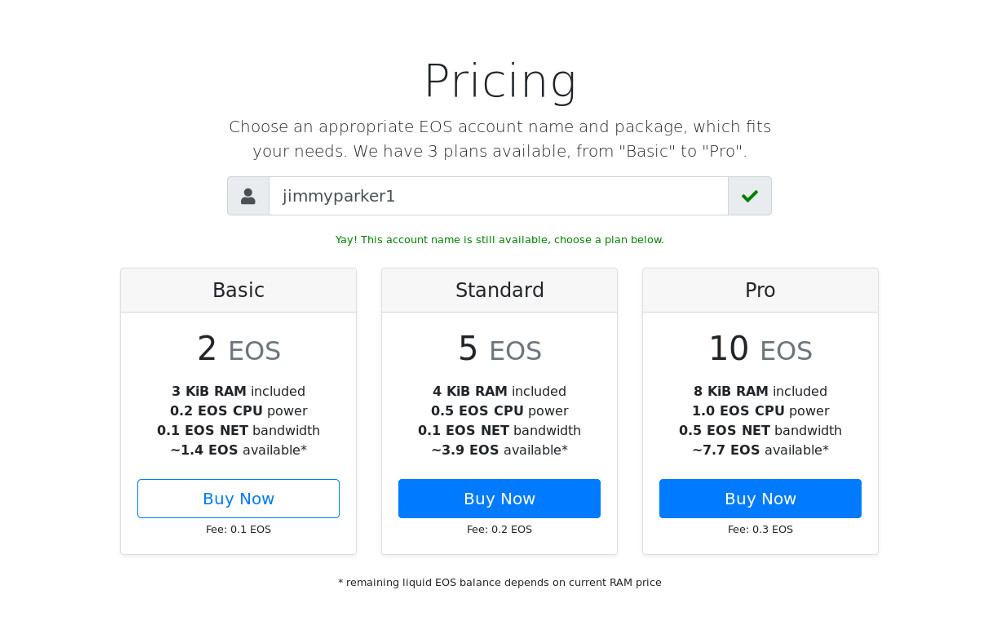Introduction
Do you have a fellow co-worker, friend or family member, who is interested in blockchain, but did not yet find the right motivation to learn all the technical details of this new ecosystem? Here comes the right tool for your!

EOS Gift Card
The DApp at eosgiftcard.com allows you to create a new EOS account for a friend with just a few clicks. This account can be customized via three different CPU/NET/RAM configurations, choosing between a “Basic”, “Standard” or “Pro” tier. First you choose a custom 12 letter EOS account name for your friend (e.g. jimmyparker1) and select an account tier. Afterwards, you need to sign off the creation of this new account, using Scatter and your existing EOS account.

A new EOS account of your chosen name will be created automatically and instantly through a smart contract, CPU and NET resources will be staked and RAM will be bought according to your chosen configuration. Finally, the remaining EOS balance (difference between the price of your chosen account tier and cost of creating an account) will be transferred to your friends new EOS account as a beginning balance and the app will generate a nicely formatted PDF document. This PDF contains the account credentials, useful links to wallet applications and a list of popular DApps, so that your friend is able to get started using EOS without any further explanation. This document can be printed and handed out to your friend as a personal gift.

The smallest gift card starts at a price of 2 EOS, so you can gift this to anybody. Your friend now has a real motivation to get into EOS and the blockchain space, as he is in possession of real EOS tokens! But you don’t need to fear of loosing to much, in case of him still not finding the right motivation, as the gift cards start at only $7 (at the time of this writing). The smallest gift card contains ~1.4 liquid EOS (depending on current RAM price), 3 KiB of RAM and 0.3 EOS of staked CPU/NET resources, which allows for basic usage of the blockchain and getting into the EOS ecosystem, while keeping full control of the account. Also, the account is future proof, as it can be upgraded at any time by purchasing and staking additional EOS tokens.
Security
We deployed a strong Content-Security-Policy (CSP), which protects you from XSS attacks and makes sure that nobody can access the keys generated by this app, not even us! This is implemented by the connect-src directive, which enforces your local browser to only allow outgoing data to the EOS node at public.eosinfra.io (for sending the signed transaction) and your local Scatter wallet, as can be verified here: cspvalidator.org

In addition to this, the generated PDF will be downloaded via a secure https connection (TLS encryption). Make sure to verify that you can see the small lock in the address bar of your browser!
Your perfect EOS present
Introduce somebody you love into the blockchain ecosystem, by making him a personal gift. Only personal contacts and recommendations will allow for mainstream adoption of the EOS blockchain!
